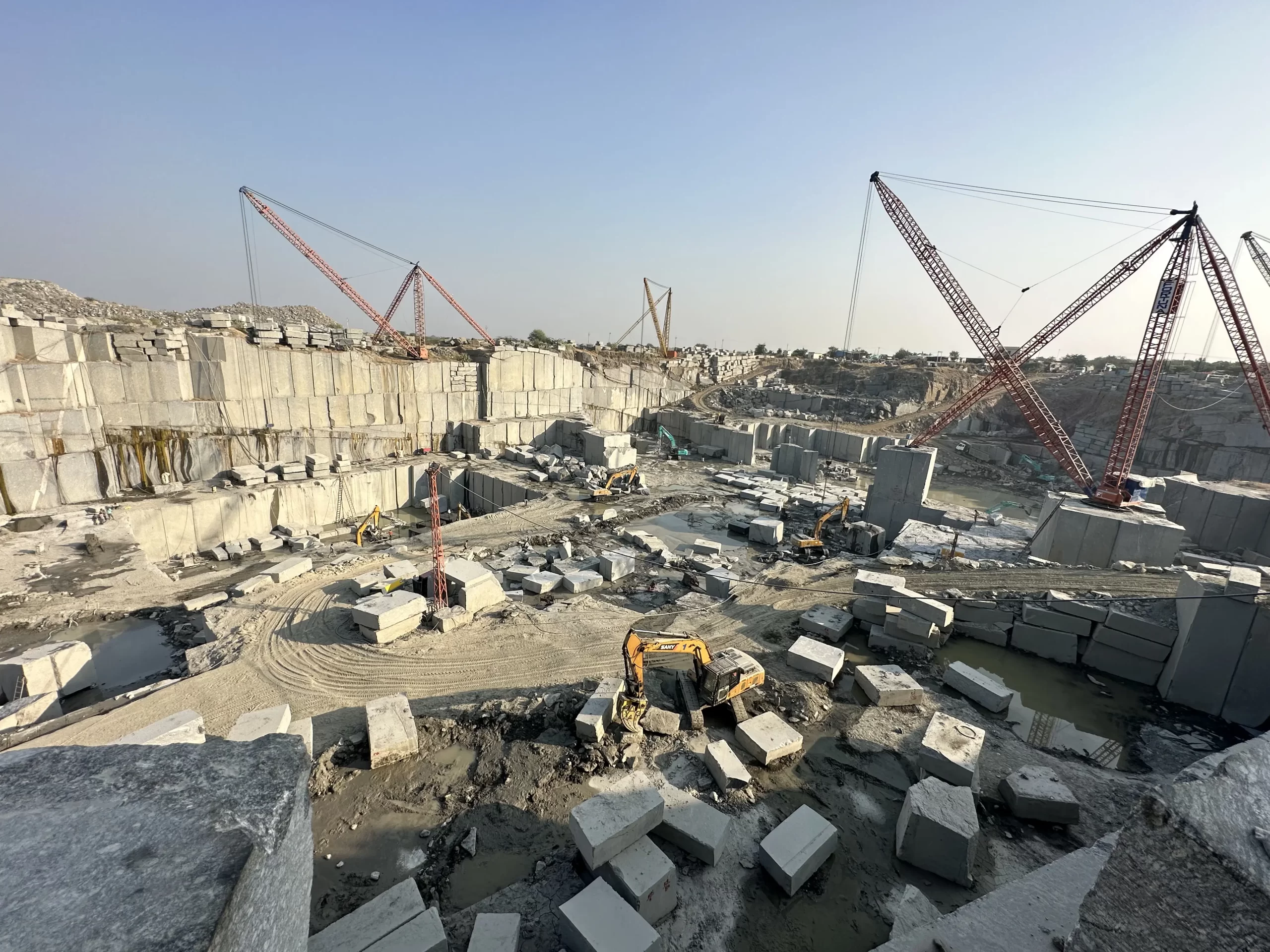A Trip With Granite Quarries in South Africa: Unveiling Nature's Artistry
A Trip With Granite Quarries in South Africa: Unveiling Nature's Artistry
Blog Article
Discovering the Rich History and Lasting Practices of Granite Quarrying
As we base on the precipice of revealing the elaborate tapestry of granite quarrying, a trip through time exposes not just the physical act of drawing out rock but likewise the social and historical relevance woven right into the very material of this technique. From the ancient origins that laid the structure for modern quarrying methods to the lasting practices that are shaping the future of this sector, each chisel mark on granite surfaces narrates waiting to be discovered (granite quarries in south africa). The heritage of granite quarrying stretches far past plain extraction; it is a testament to human ingenuity, strength, and the enduring appeal of this majestic stone
Ancient Beginnings of Granite Quarrying
Dating back to ancient people, the technique of quarrying granite has actually been an essential part of human history and architectural innovation. The earliest evidence of granite quarrying dates back to old Egypt, where substantial pyramids and elaborate sculptures were crafted from this long lasting rock. The Egyptians made use of primitive devices to remove granite blocks from quarries, showcasing the importance of this material in their monumental buildings.
Moving on in history, the Greeks also made considerable payments to the quarrying of granite. The Greeks utilized granite in numerous architectural marvels, such as holy places and statues, demonstrating their ability in shaping and carving this hardy stone. The Romans better fine-tuned the strategies of quarrying granite, employing sophisticated devices like chisels and hammers to extract and shape granite for their renowned frameworks.
Through the centuries, the practice of quarrying granite has developed, with modern-day innovations boosting performance while maintaining the ageless appeal of this natural rock - granite quarries in south africa. From ancient human beings to modern contractors, the heritage of granite quarrying remains to form our world
Development of Quarrying Methods
The advancement of quarrying techniques has been marked by a constant development in the direction of higher performance and precision in drawing out granite. From the primary techniques employed by our ancestors to the sophisticated innovations utilized in modern-day quarrying operations, the industry has undertaken significant improvements. Early quarrying strategies involved hand-operated labor with basic tools such as blades, hammers, and wedges to extract granite blocks from the earth. As civilizations progressed, techniques like fire-setting and primitive explosives were presented to facilitate the removal process.
Innovations in computer-controlled tools and 3D modeling have optimized quarrying procedures, leading to minimal ecological effect and enhanced sustainability techniques. As the go to this website demand for my latest blog post granite proceeds to rise, the evolution of quarrying strategies remains important to conference sector needs efficiently and sustainably.
Social Relevance of Granite
Granite holds a profound cultural significance throughout different civilizations due to its long-lasting existence in architectural masterpieces and admired monuments. The cultural relevance of granite extends past its physical attributes; it embodies resilience, stability, and timelessness, making it a symbol of enduring legacies and practices.

Lasting Practices in Quarrying
Among the rich history of granite quarrying and its social relevance lies a growing focus on sustainable practices within the sector. As ecological understanding and issues regarding resource depletion have actually enhanced worldwide, the quarrying industry has actually increasingly accepted sustainable approaches to minimize its influence on the environment and surrounding neighborhoods.

Moreover, reclamation and rehab of quarry websites post-extraction are important to lasting techniques. By restoring quarried locations to a natural or useful state, such as creating wild animals environments or leisure areas, quarriers can offset the environmental footprint of their procedures and add positively to the local community.
Legacy of Granite Quarrying
With a historical background soaked in craftsmanship and industrial progression, what sustaining effect has granite quarrying left on the landscape of contemporary society? The heritage of granite quarrying goes beyond plain removal methods; it has formed building marvels, urban landscapes, and social heritage worldwide. The sturdy nature of granite has actually made it a favored choice for monuments, structures, and facilities, standing as a testament to the ability and creativity of quarry employees throughout generations.
Additionally, the economic impact of granite quarrying can not be neglected. The industry remains to supply employment possibility and drive regional economies in areas where granite extraction is prevalent. It has actually likewise stimulated technological advancements in quarrying strategies and devices, resulting in extra effective and sustainable techniques.
In terms of sustainability, the heritage of granite quarrying includes initiatives to reduce ecological impacts with improvement tasks and accountable resource monitoring. By balancing financial rate of interests with environmental stewardship, the industry makes every effort to guarantee that future generations can proceed to take advantage of this enduring natural deposit.
Final Thought

Report this page